If you have a Filipina girlfriend, you may wonder how to get her to the United States. Bringing your Pinay to the US can be complicated and requires careful planning and research. Luckily, a few options are available for those wishing to bring their Filipino partner into the US, such as obtaining a K-1 visa or filing an immigrant visa petition.
In this article, we will cover all of these options in detail so that you can make an informed decision about how best to bring your Filipina girlfriend into the US.

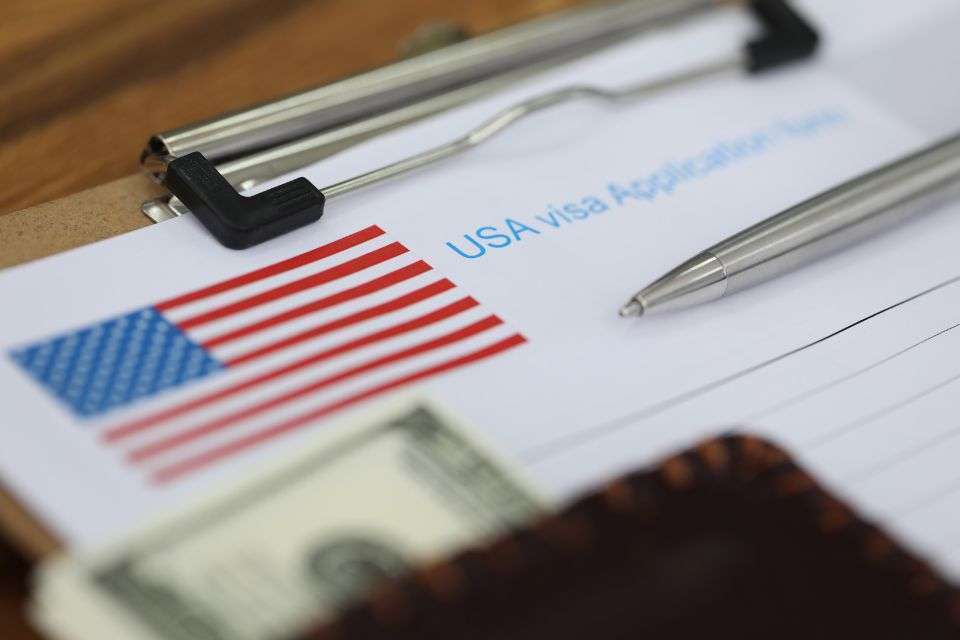
Are There Different Visa Application Processes?
There are a few ways to bring your Filipina girlfriend to the United States:
- K-1 Fiancé(e) Visa: This is a non-immigrant visa that allows your fiancé(e) to enter the United States for 90 days so that you can get married. After you get married, your spouse can apply for permanent residency (also known as a Green Card) in the US.
- CR-1 or IR-1 Spousal Visa: If you are already married, you can apply for a CR-1 or IR-1 spousal visa, which allows your spouse to enter the United States as a permanent resident.
- Tourist Visa: Your girlfriend can apply for a tourist visa, allowing her to visit the US for a short period. Keep in mind that this type of visa does not allow for the intent to immigrate, and it can be challenging to obtain.
- Work Visa: If your girlfriend has a specific job skill or education, she may be eligible for a work visa. However, it’s important to note that obtaining a work visa can be a difficult and time-consuming process.
Obtaining a visa can be complex, and you must consult an immigration lawyer or a qualified professional to help you navigate the process. Provide accurate and complete documentation, and be prepared to wait several months for a decision.

What Is the Quickest Way to Make My Filipina Fiancé(e) a Permanent Resident of the United States?
The quickest way to bring your Filipina girlfriend to the United States is the K-1 Fiancé(e) Visa. The K-1 Fiancé(e) visa’s processing time is generally shorter than that of a CR-1 or IR-1 Spousal Visa or a work visa. However, the processing time can vary depending on the US Embassy or Consulate where the application is being processed and other factors such as the completeness of the application, background checks, and the workload of the processing center.
The K-1 Fiancé(e) Visa process involves multiple steps and typically takes several months to complete. After your fiancé(e) arrives in the United States, you will have 90 days to marry. Once married, your spouse can apply for permanent residence (a Green Card) in the US.
Consult with an immigration lawyer or qualified professional to help you navigate the process and understand the requirements, timelines, and any potential issues that may arise.
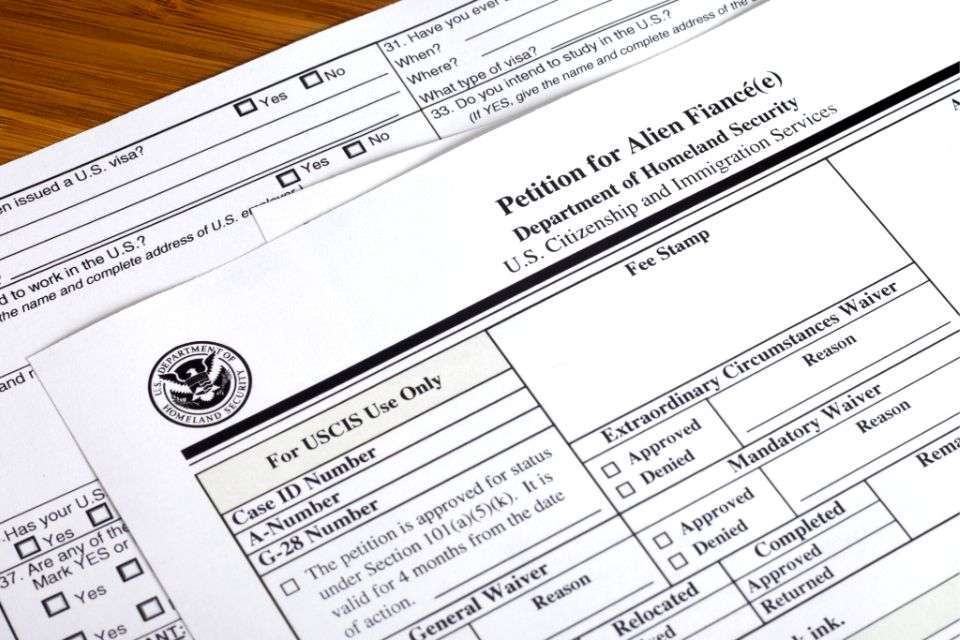
What Are the General Steps to Apply for a K-1 Fiancé(e) Visa?
Here are the general steps to apply for the US K-1 Fiancé(e) Visa:
- File Form I-129F, Petition for Alien Fiancé(e), with US Citizenship and Immigration Services (USCIS). This form must be filed by the US citizen petitioner and includes information about the petitioner and the alien fiancé(e).
- Pay the necessary fees: There are fees associated with filing Form I-129F and obtaining a K-1 Fiancé(e) Visa. You should check with the nearest US embassy or consulate for current fee information.
- After Form I-129F is approved, it will be forwarded to the US embassy or consulate in the Philippines, where your fiancé(e) is living.
- Your fiancé(e) will then have to complete the necessary forms, pay the fees, and provide the required documents, such as a passport, birth certificate, police clearance certificates, medical examination, and proof of your relationship.
- Your Filipino girlfriend will also have to attend an interview at the US embassy or consulate in the Philippines.
- After the interview, the US embassy or consulate will decide on the application. If the application is approved, your fiancé(e) will be issued a K-1 Visa.
- Once the K-1 Visa is issued, your fiancé(e) can enter the United States for 90 days. During this time, you must marry, and your fiancé(e) must apply for permanent residence (a Green Card).
The process can take several months to complete, and the requirements and processing times may vary depending on the US embassy or consulate. It is highly recommended to consult with a qualified immigration lawyer to help you navigate the process, ensure that all the documents are in order, and be aware of any potential issues that may arise.
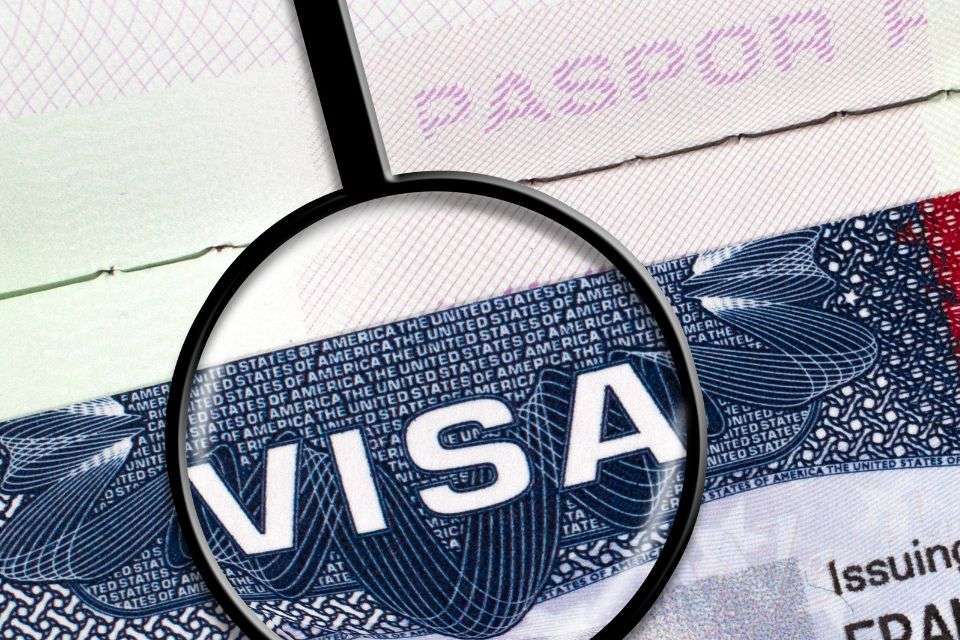
What Are the General Steps to Apply for a K-1 Fiancé(e) Visa?
It is possible to expedite obtaining a K-1 Fiancé(e) Visa. Still, it depends on the circumstances of your case and the discretion of the US Citizenship and Immigration Services (USCIS) and the US Embassy or Consulate where the application is being processed.
Here are a few ways to expedite the process:
- Premium Processing: You can request premium processing for Form I-129F, expediting your petition’s processing time. However, it comes with an additional fee, and it is not guaranteed that the petition will be processed within 15 days.
- Emergency Processing: In specific emergencies, such as a wedding scheduled in less than 90 days, the US Embassy or Consulate may expedite processing of the K-1 Visa application.
- Congressional Inquiry: You can request a congressional inquiry to the US Embassy or Consulate where the application is being processed if you are facing an urgent situation and the regular processing times cannot accommodate your request.
- Diplomatic Note: If you are a US government employee or a member of the US armed forces, you may request that the US Embassy or Consulate expedite the processing of your K-1 Visa application.
Expediting the process is not guaranteed, and it depends on the discretion of the USCIS and the US Embassy or Consulate. It’s always a good idea to consult with an immigration lawyer or a qualified professional to understand the requirements and the potential issues that may arise.
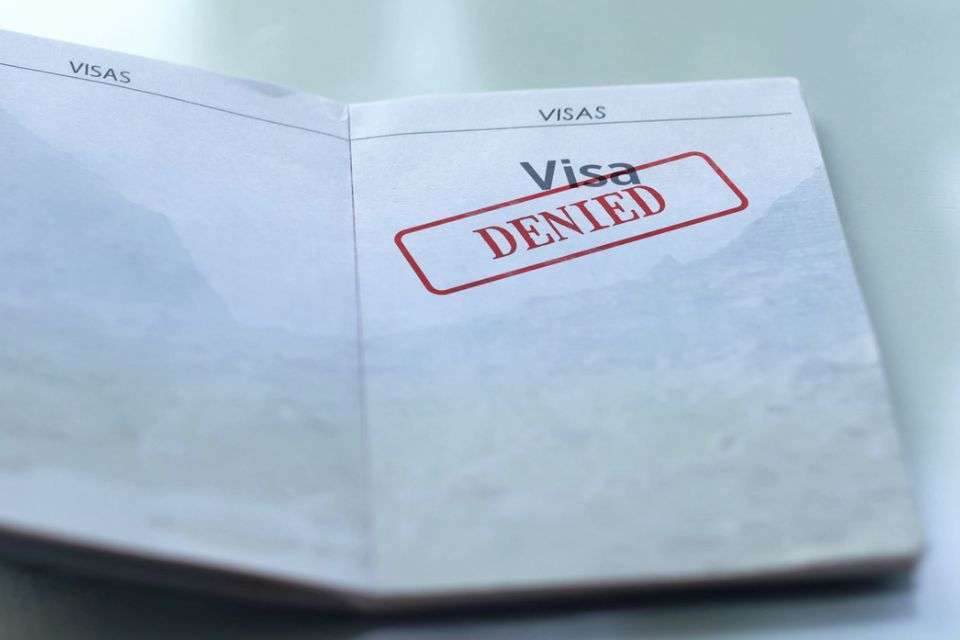
What if We Were Denied the K-1 Visa?
Suppose your K-1 Fiancé(e) Visa application is denied. In that case, there are a few options that you can consider:
- Request for Reconsideration: You can request that the US Embassy or Consulate reconsider the decision. This request should be made in writing and include new evidence or information not previously considered.
- Appeal: You can appeal the decision to the Board of Immigration Appeals (BIA) if you disagree with the decision made by the US Embassy or Consulate. This process can take several months and requires the assistance of an immigration attorney.
- Reapply: You can reapply for a K-1 Fiancé(e) Visa. However, it’s important to note that in most cases, the US Embassy or Consulate will only approve a subsequent application if a significant change in circumstances or new evidence has been presented.
- Apply for a different visa: If the K-1 Fiancé(e) Visa is denied, you may consider applying for another type of visa, such as a Tourist Visa, Work Visa, or a Spousal Visa, if applicable.
Note that if the US Embassy or Consulate denies your K-1 Fiancé(e) Visa application, it does not mean that you will never be able to enter the United States. You should consult with an immigration attorney or a qualified professional to understand the reason for the denial and to evaluate your options to overcome the denial.

How Much Will This Cost in US Dollars?
The cost of a K-1 Fiancé(e) Visa application can vary depending on the specific circumstances of your case and the US Embassy or Consulate where the application is being processed. However, here is a general estimate of the costs involved:
- Form I-129F, Petition for Alien Fiancé(e): As of 2021, the fee for this form is $535
- K-1 Visa application fee: The current K-1 Visa application fee is $265.
- Medical examination: Your fiancé(e) will need to undergo a medical exam, costing around $100 to $200.
- Translation and certification of documents: If any documents submitted are not in English, they must be translated and certified. The cost of this service varies depending on the number of pages and the translator you choose.
- Travel expenses: Your fiancé(e) will also have to pay for their travel expenses, including airfare, transportation, and lodging.
- Premium Processing: If you opt to pay for premium processing, the fee is currently $2,500.
- Legal representation: If you choose to hire an immigration lawyer, the cost will vary depending on the attorney’s experience, location, and the complexity of your case.
It’s always a good idea to check with the nearest US Embassy or Consulate for the most current fee information and to consult with an immigration lawyer or a qualified professional to understand the cost and the potential issues that may arise.
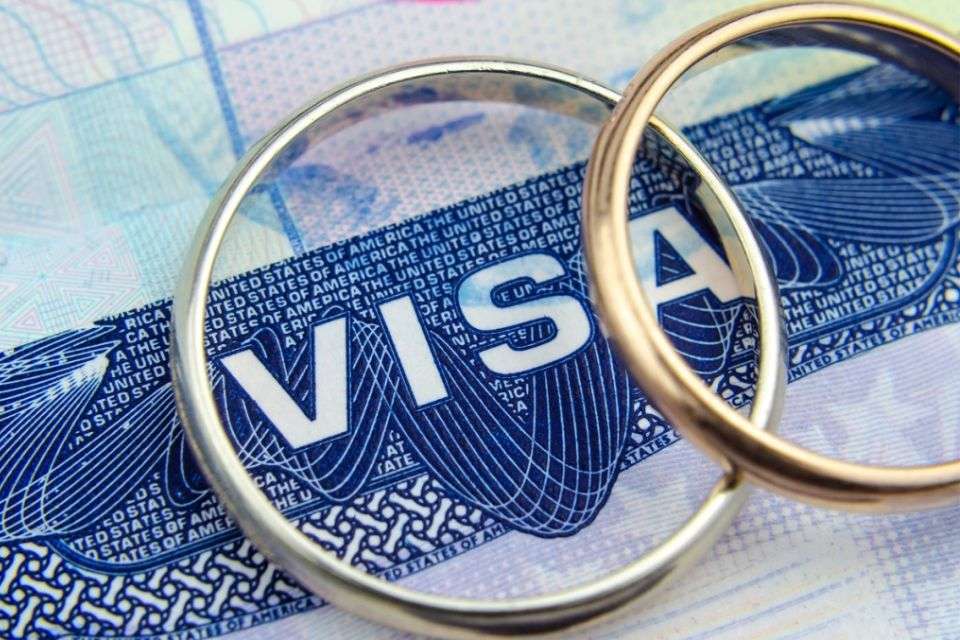
What if I Have a Valid Marriage With My Filipina Wife in the Philippines? How Can I Get Her to the US?
If you and your Filipina wife have a valid marriage in the Philippines, you do not have to remarry her in the United States. The K-1 visa is issued to a US citizen’s fiancé(e), but since you are already married, your wife need not apply for a US K-1 visa.
Instead, after the I-130 petition is approved, your wife will be eligible to apply for an IR1/CR1 Spousal Visa. This spouse visa allows her to enter the United States as the spouse of a US citizen. The IR1/CR1 spousal visa process is similar to the K-1 visa process, but there are some differences between the required documents and the interview process.
After entering the USA, your Filipino wife can apply for an adjustment of status (Form I-485) to get her green card and become a lawful permanent resident.
Note that even if you are already married and have a legal marriage certificate, the US immigration authorities may still need to verify the validity of the marriage, so it’s a good idea to provide as much evidence as possible to support the legitimacy of the marriage.
The specific process for your wife to apply for a spousal visa (IR1/CR1) after you have already married her in the Philippines is as follows:
- File a petition for an alien relative (Form I-130) with the US Citizenship and Immigration Services (USCIS). The petitioner, you, will need to provide proof of US citizenship and evidence of legal marriage.
- Once the petition is approved, it will be sent to the National Visa Center (NVC) for processing.
- At the NVC, your wife must submit certain documents, such as a valid passport, police clearance certificate, birth certificate, and medical examination results, for her spousal visa application.
- After the NVC has reviewed all the documents, they will schedule an interview for your wife at the US embassy in Manila.
- Once your wife’s spousal visa is issued, she will have six months to travel to the US and enter the country.
- After entering the US, your wife can apply for an adjustment of status (Form I-485) to get her green card and become a lawful permanent resident.
Remember that this process can take several months, even up to a year or more, depending on the workload of the immigration authorities. Ensure all the documents are complete and accurate to avoid delays. Also, the fees for the I-130, NVC, and embassy fees will apply, so you’ll want to consider the cost as well.

What if My Filipina Wife and I Have Children Born in the Philippines?
If you and your Filipina wife have children born in the Philippines, you can also bring them to the United States.
- You must file separate petitions for each child (Form I-130), proof of your relationship with the child, and US citizenship.
- Once the petitions are approved, the children can apply for an IR2/CR2 visa, which is a child of a US citizen visa.
- The process for the IR2/CR2 visa is similar to the spousal visa process, and your children will also have to go through an interview at the US embassy in Manila.
- Once the children’s visas are issued, they can travel to the United States with your wife, and they will also be able to apply for a green card once they enter the country.
If your children are over 21 years old, they will no longer be considered children and cannot apply for IR2/CR2 visa. They will have to apply for a regular spousal visa.
The processing times for the I-130 and the visa can vary greatly depending on the location and the current caseload of the relevant agency, and fees for the I-130, NVC, and embassy fees will apply.
Make sure that all the documents regarding the children are accurate, especially their birth certificates that show the parentage of the children, as these will be needed in the process.

What if My Wife’s Children Are From a Previous Relationship?
If your wife’s children are from a previous relationship and you wish to bring them to the United States, you can still file petitions for them (Form I-130), but the process will be slightly different.
- You must file separate petitions for each child, proof of your wife’s legal relationship to the child, and evidence of US citizenship.
- Once the petitions are approved, the children can apply for an IR5/CR5 visa, which is a child of a lawful permanent resident visa.
- The process for the IR5/CR5 visa is similar to the spousal visa process, and the children will also have to go through an interview at the US embassy in Manila.
- Once the children’s visas are issued, they can travel to the United States with your wife, and they will be able to apply for a green card once they enter the country.
If the children are over 21 years old, they will no longer be considered children and cannot apply for IR5/CR5 visas. They will have to apply for a regular family-based visa.
Also, you should note that the processing times for the I-130 and the visa can vary greatly depending on the location and the current caseload of the relevant agency and that fees for the I-130, NVC and the embassy fees will apply.
It’s also important to mention that if the children are not legally adopted by you and don’t have your last name, you’ll have to provide extra documentation to prove that they are your wife’s children and that you are aware of the relationship.
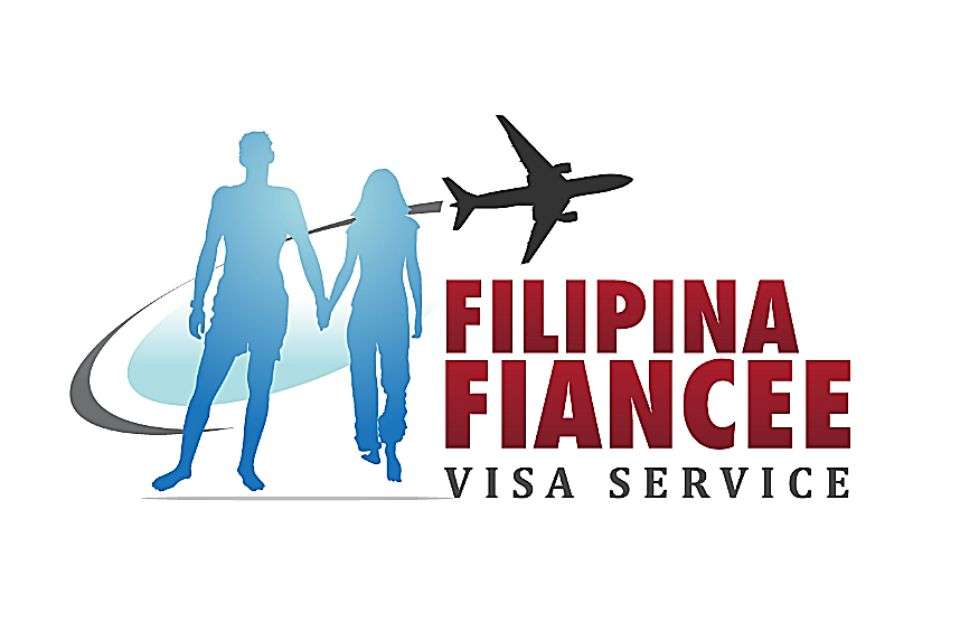
How Do I Find Reputable Companies to Help Me Process a K-1 Visa?
We cannot recommend specific companies or organizations that assist with K-1 Fiancé(e) Visa applications. However, here are some ways you can find reputable companies that offer this service:
- Ask for referrals from friends or family members who have used a K-1 Visa processing company.
- Check with the American Immigration Lawyers Association (AILA) for a list of immigration attorneys specializing in K-1 Fiancé(e) Visa applications.
- Search online for K-1 Visa processing companies and read customer reviews to get an idea of their reputation and the quality of their services.
- Be cautious of companies that guarantee visa approval or promise a quick and easy process. Companies can only guarantee visa approval, which can be complex and time-consuming.
Do your research and choose a reputable company with a proven success track record. Be sure to ask the company about their experience and qualifications and what services they provide. Understand the cost of the service and if any additional expenses may arise during the process.
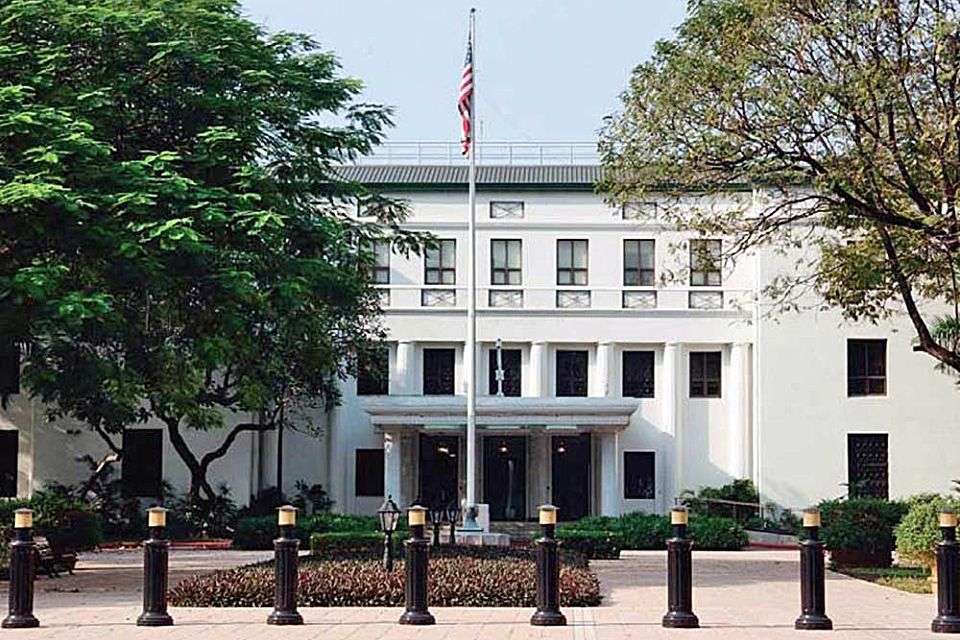
How Do I Contact the US Embassy in the Philippines?
The contact number for the US Embassy in the Philippines is +(63) (2) 5301-2000. The US Embassy in Manila is located at 1201 Roxas Boulevard, Ermita, Manila, Philippines 1000. The Embassy is open from Monday to Friday from 7:00 a.m. to 4:00 p.m. (except for the US and Philippine holidays).
The Embassy’s Consular section provides a wide range of services, including visa, passport, and notary services, among others, for US citizens and foreign nationals. The consular section’s website (https://ph.usembassy.gov/) contains detailed information about the application process for any visa applicant.
It’s always a good idea to check the website before visiting the Embassy to ensure that you have all the required documents and information and to be aware of any potential issues that may arise.
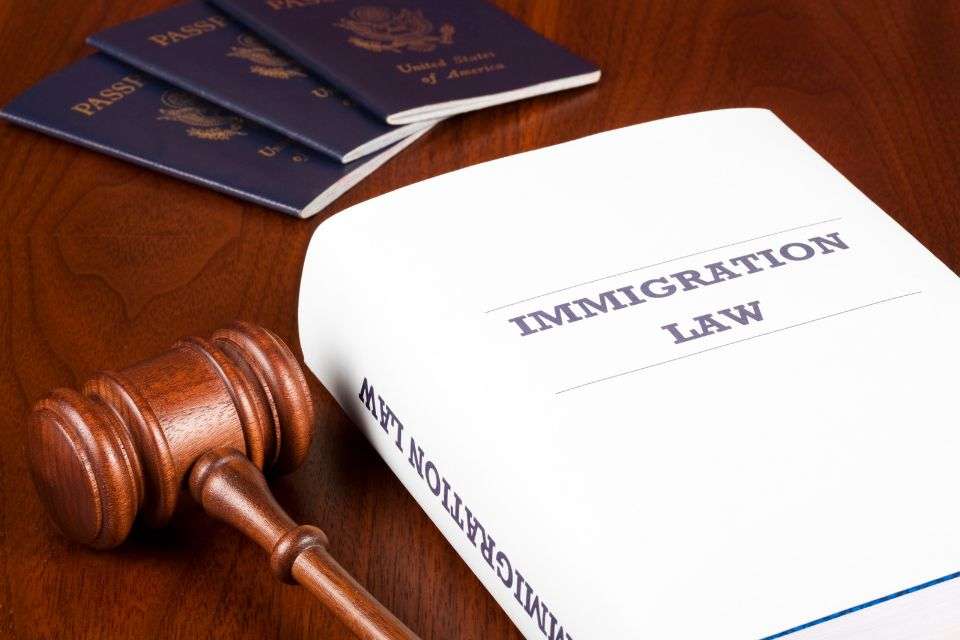
How Do I Find an Immigration Attorney?
To find a good immigration lawyer, consider these steps:
- Ask for referrals: Ask friends, family, or colleagues for recommendations of immigration lawyers they may have worked with or heard of.
- Research online: Use legal directories, such as Avvo, Martindale-Hubbell, or the American Bar Association, to find immigration lawyers in your area.
- Check credentials: Look for a lawyer licensed to practice in your state and with experience handling immigration cases similar to yours.
- Evaluate experience: Consider the lawyer’s experience with the specific type of immigration matter you need help with.
- Schedule a consultation: Contact several immigration lawyers and schedule a consultation to discuss your case and assess their communication style, experience, and personality.
- Consider the cost: Determine the lawyer’s fee structure and ensure it is reasonable and in line with industry standards.
- Make a decision: Choose the immigration lawyer you feel most comfortable with and believe will best represent your interests.
The American Immigration Lawyers Association (AILA) is a national association of immigration lawyers established to promote justice, advocate for fair and reasonable immigration law and policy, advance the quality of immigration and nationality law and practice, and enhance the professional development of its members.
The national office of AILA is located at American Immigration Lawyers Association 1331 G Street NW. Suite 200 Washington, DC 20005
The contact number for the national office of AILA is (202) 216-2400. Fax: (202) 371-9449 Email: info@aila.org Website: www.aila.org
Getting your Filipina girlfriend to the USA can seem daunting, but it is possible with the correct information and preparation. This article discusses the steps you need to take to get your Filipina girlfriend in the US and marry her. We have also looked at some potential roadblocks you may face. With patience and hard work, you can ensure that your Filipina girlfriend arrives in the US safely and legally.



